In today’s fast paced world, most teams aren’t drowning in work, they’re drowning in decisions. Not because there are too many to make, but because the same ones resurface week after week, stuck in swirl. Someone has an idea. A meeting gets scheduled. Opinions are exchanged. And then… nothing moves.
We talk a lot about burnout, but underneath the surface is something even more draining: decision fatigue. It’s not about how many choices need to be made. It’s about the constant second guessing, the unclear ownership, and the endless loops of approval that delay momentum.
1. The Real Bottleneck Isn’t Execution, It’s Hesitation
Teams don’t struggle because they can’t execute. They struggle because no one’s sure whether they’re allowed to. That uncertainty creates a cultural drag. The signs are everywhere: decisions that should take 10 minutes take 10 days, no one knows who owns the final call, work gets reworked again and again, and small asks end up on an executive’s desk. These aren’t productivity issues, they’re symptoms of an organization that doesn’t trust its own people to move.
2. Decision Flow Is a Cultural Issue
When decisions stall, it reveals more than a process flaw, it reveals how the culture functions. Often, it means roles and ownership are unclear, top down approval is required for even minor actions, and a culture of perfectionism prevents experimentation. Instead of trusting teams to act, organizations fall into cycles of review and delay. Solving this requires more than a new RACI chart. It demands a culture shift: one that prioritizes shared ownership, adaptive thinking, and speed over hesitation.
3. QPods Are a Decision Making Ritual
QPods aren’t just a way to align, they’re a system for resolving. In 60 minutes, teams come together not just to talk, but to decide. Each QPod centers around three critical questions:
- What needs a decision right now?
- Who owns it—and what support do they need to act?
- What do we need to unblock forward movement today?
Instead of revisiting the same issues in five different forums, teams walk out of a QPod with clarity, ownership, and action. It’s not a meeting. It’s a momentum reset.
4. The Long Game Is Human
If your team feels like it’s constantly circling instead of moving, look at your decision culture. Are people empowered to act? Do they know when to move, and who needs to be involved? Are you defaulting to consensus instead of creating clear lanes of ownership? High performing teams don’t just make decisions faster—they trust each other to follow through. They understand that movement fuels learning, and that clarity accelerates execution. QPods give teams the rhythm to embed those habits. With the right structure, speed doesn’t create chaos—it creates confidence.
✨ Ready to sharpen your team’s human edge? Start your first QPod → HERE












